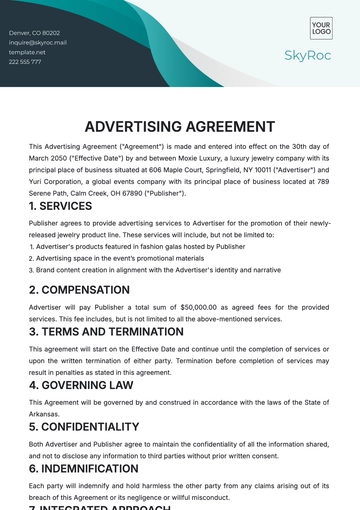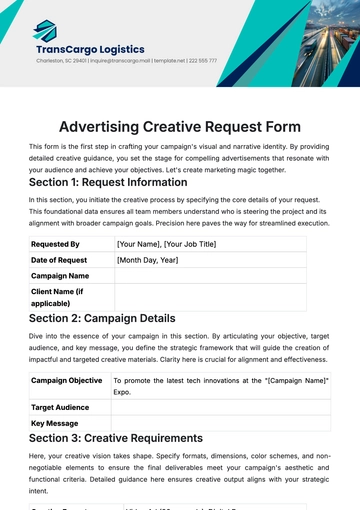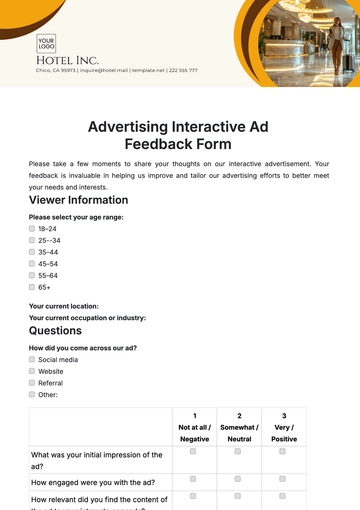Requirements for Product Remarketing
1. Introduction
This document outlines the technical and business needs for implementing effective product remarketing strategies aimed at re-engaging past visitors and customers. It provides a comprehensive overview of the objectives, target audience, necessary technologies, data management practices, campaign execution strategies, and performance metrics to ensure successful implementation and optimization of remarketing efforts at [Your Company Name].
2. Objectives
2.1 Business Objectives
The primary business objectives for product remarketing are:
Increase Conversion Rates: Enhance the likelihood that previous visitors or customers will complete a purchase or desired action through targeted marketing efforts.
Enhance Customer Retention: Strengthen relationships with past customers to encourage repeat purchases and long-term loyalty.
Boost Sales and Revenue: Drive additional revenue by re-engaging users who have previously shown interest but did not convert.
Improve Brand Loyalty and Recognition: Reinforce brand presence and increase awareness among past visitors, contributing to overall brand strength and customer allegiance.
2.2 Technical Objectives
The technical objectives necessary for achieving the business goals include:
Integration with Existing CRM and Web Analytics Tools: Ensure seamless connectivity with current systems for comprehensive data collection and utilization.
Effective Collection and Processing of User Data: Implement robust methods for gathering and analyzing data on user behavior and interactions.
Automation of Remarketing Campaigns: Streamline campaign management through automated processes to increase efficiency and effectiveness.
Robust Tracking of Campaign Performance Metrics: Monitor and evaluate campaign success using precise performance tracking tools and techniques.
3. Audience Identification
3.1 Segment Definition
To effectively target remarketing efforts, the audience will be segmented based on:
Previous Interaction History: Include metrics such as product views, abandoned shopping carts, and frequency of visits.
Purchase History and Frequency: Focus on past purchase behavior, including the types of products bought and purchase recency.
Demographic Information: Segment users based on factors such as age, gender, income level, and interests.
Geographical Location: Tailor marketing efforts based on the geographic location of users to address regional preferences and needs.
3.2 Segment Prioritization
Segments will be prioritized based on their likelihood of conversion:
High-Value Repeat Customers: Focus on customers who have previously made significant purchases and are likely to buy again.
Visitors with Abandoned Carts: Target users who added items to their carts but did not complete the purchase, as they show strong purchase intent.
First-Time Visitors Engaging in High-Value Activities: Prioritize new visitors who have engaged in actions such as viewing high-value products or spending significant time on the site.
4. Data Collection and Management
Key requirements for data collection and management are as follows:
Data Type | Source | Processing | Storage |
|---|
User Behavioral Data | Web Analytics Tools | Data Aggregation & Analysis | Data Warehouse |
Customer Purchase Data | CRM Systems | Profiling & Segmentation | CRM Database |
Demographic Data | Survey Forms | Data Cleaning | Marketing Database |
User Behavioral Data: Collect and analyze data on user interactions with the website, including page views, time spent on pages, and click patterns.
Customer Purchase Data: Gather information on past purchases to build detailed customer profiles and facilitate targeted remarketing.
Demographic Data: Obtain and clean demographic information to better understand and segment the audience.
5. Technology Stack
5.1 Tools and Platforms
The following technologies will be utilized to support the remarketing strategy:
CRM Systems: Use platforms such as Salesforce or HubSpot to manage customer relationships and integrate with remarketing tools.
Web Analytics Tools: Employ tools like Google Analytics or Adobe Analytics to track user behavior and gather insights.
Marketing Automation Platforms: Utilize services such as Marketo or Mailchimp to automate and manage remarketing campaigns.
Data Management Platforms: Implement solutions like AWS or Google Cloud to handle data storage and processing needs.
5.2 Integration Requirements
For effective system integration, the following requirements must be met:
APIs for Data Exchange: Use application programming interfaces to facilitate seamless data transfer between systems.
Standardization of Data Formats: Ensure data is consistently formatted for compatibility across different platforms.
Real-Time Data Synchronization: Maintain up-to-date data synchronization to ensure timely and accurate remarketing efforts.
6. Campaign Execution
6.1 Strategy Development
Key elements of the remarketing strategy include:
Personalized Messaging: Craft tailored messages based on user behavior and preferences to increase relevance and engagement.
Frequency and Timing Control: Manage the frequency and timing of ads to avoid oversaturation and optimize impact.
Content and Offer Customization: Develop and present personalized offers and content based on user segments.
Multi-Channel Approach: Implement a comprehensive approach across various channels such as email, social media, and search ads to maximize reach.
6.2 Automation and Scheduling
Automation and scheduling aspects include:
Automated Triggers: Set up triggers based on specific user actions (e.g., cart abandonment) to initiate remarketing efforts.
Pre-Defined Schedules: Establish schedules for ad campaigns to ensure timely and consistent engagement.
Dynamic Content Adjustments: Adjust content dynamically based on user segments and campaign performance to maintain relevance.
7. Performance Metrics
7.1 Key Performance Indicators (KPIs)
The following KPIs will be used to measure the success of remarketing efforts:
Conversion Rate: Track the percentage of users who complete a desired action after interacting with remarketing ads.
Click-Through Rate (CTR): Measure the ratio of users who click on the ads compared to the number who view them.
Return on Investment (ROI): Evaluate the financial return on remarketing investments relative to their cost.
Customer Lifetime Value (CLTV): Assess the long-term value generated from customers acquired through remarketing efforts.
Engagement Rate: Monitor how effectively users interact with the remarketing content and ads.
7.2 Reporting and Analysis
Regular reporting and analysis will focus on:
Campaign Performance Reports: Generate reports detailing the overall performance of remarketing campaigns.
ROI Analysis Reports: Evaluate the return on investment for remarketing efforts to assess cost-effectiveness.
User Engagement Reports: Analyze how users engage with remarketing content and ads.
Segment-Specific Performance Reports: Review performance metrics specific to different audience segments.
8. Compliance and Security
8.1 Data Privacy
Ensure compliance with data privacy regulations such as GDPR and CCPA by:
Ensuring User Consent: Obtain explicit consent from users before collecting and using their data for remarketing purposes.
Implementing Data Anonymization Techniques: Protect user privacy by anonymizing data where possible.
Providing Opt-Out Options: Offer users the ability to opt out of remarketing campaigns easily to respect their preferences.
8.2 Data Security
Implement measures to ensure data security, including:
Encryption of Data: Use encryption for data at rest and in transit to safeguard against unauthorized access.
Access Control and Authentication: Implement robust access control and authentication mechanisms to protect data.
Regular Security Audits: Conduct periodic security audits and vulnerability assessments to identify and address potential risks.
9. Conclusion
Effective product remarketing requires a well-planned strategy that encompasses detailed audience segmentation, comprehensive data management, and the utilization of appropriate technologies for automation and personalization. Continuous monitoring and optimization of performance metrics are essential to achieving business objectives and ensuring a positive return on investment. By adhering to the outlined requirements and focusing on both business and technical objectives, organizations can successfully re-engage past visitors and customers, ultimately driving growth and enhancing brand loyalty.
Requirements Templates @ Template.net






























